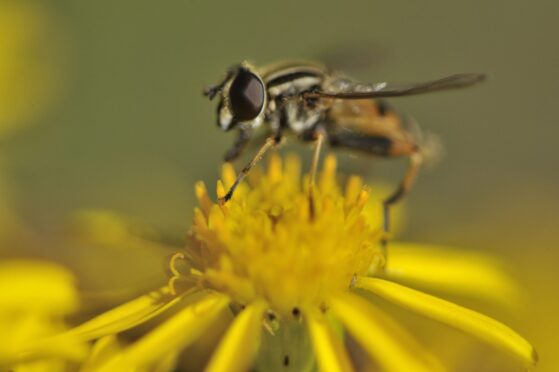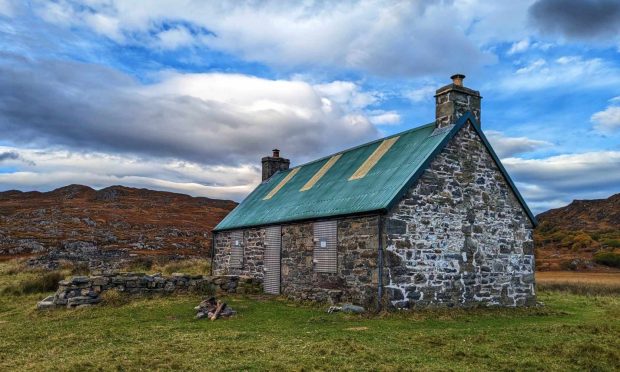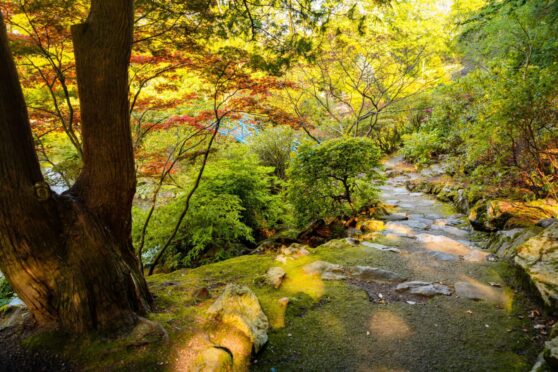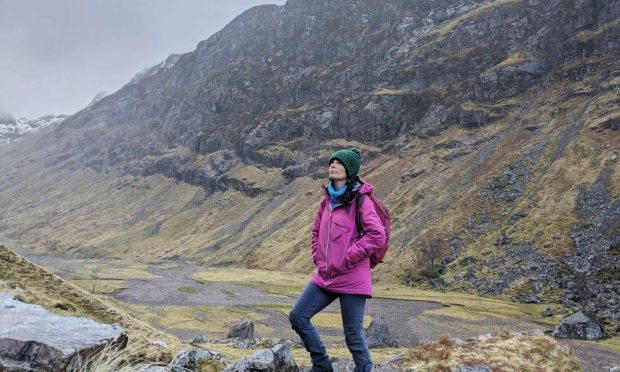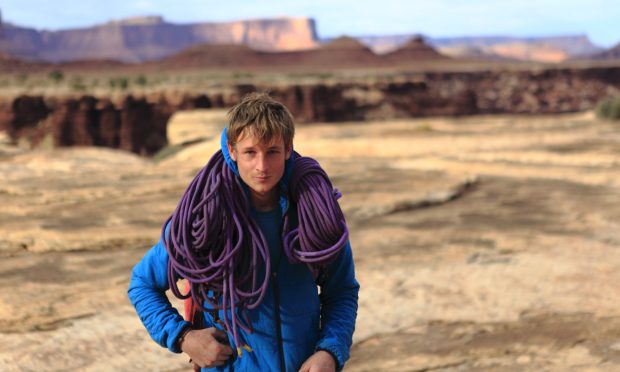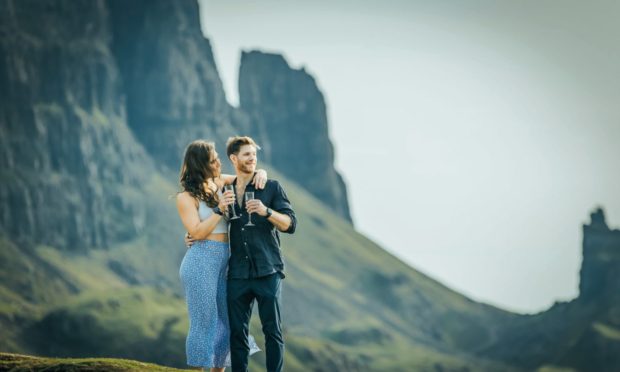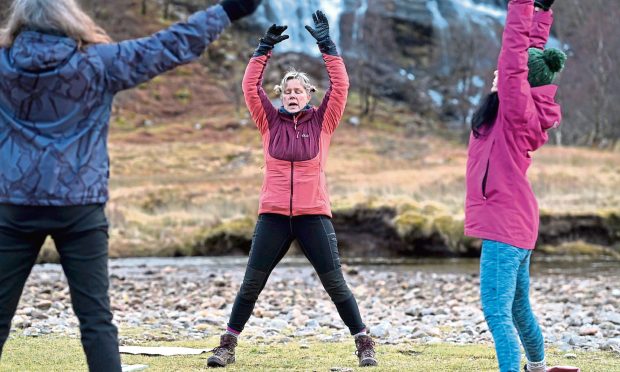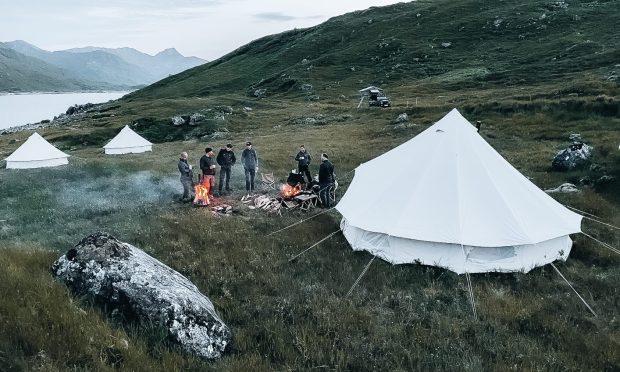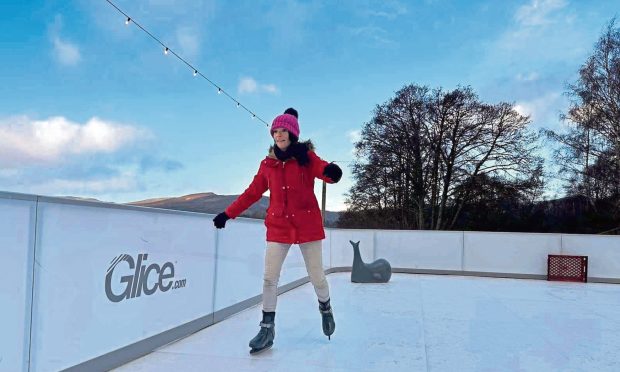Every discipline in life has two facets: the practical and the theory.
Combine the practical with a full understanding of the theory and you will be more effective in your endeavors.
This applies even more in the quest to visit remote areas of Scotland and climb or walk in the hills whilst staying as warm and comfortable as possible with minimum effort.
The old mantra of having “All the gear and no idea” is very relevant in the great outdoors.
It is important to have this knowledge prior to heading out on the hills.
A combination of the knowledge and your own expanding experience to learn from is the cornerstone of being able to act sensibly in difficult situations should they occur.
Mountain Safety Rules
Have a map, compass, whistle, torch and survival bag.
Always wear correct clothing and carry spare.
Carry some high energy food for emergency use only.
If the conditions require specific equipment, ensure you carry it and know how to use it. For example, if the route is snow shod and icy, ice axe and crampons must be carried.
Remember the international distress signal: this is six blasts on a whistle over a minute to which the response is three blasts on a whistle over a minute. This can be supplemented by torch flashes to the same timings.
Seek local advice if possible regarding conditions on your proposed route, accident blackspots etc are usually well known locally.
Basic Rules On the Mountains
If walking as a group it is important to stay as a group until that route is complete. A major contributory cause of numerous accidents have been as a result of splitting the group during the route.
Take time to familiarise yourself with your equipment and ensure your boots fit and are broken in before heading out. It will maximise your enjoyment of the outdoors without worrying about blistered feet or an incorrectly fitting pack.
Know your limitations with regard to physical fitness and technical knowledge. It is always worth maintaining a base level of fitness before heading to the mountains. Terrain on Scotland’s hills are by their very nature quite unforgiving and the fitter you are the better you will be able to cope with the demands of this harsh terrain.
A high proportion of accidents occur when people become lost on the hill, particularly in bad weather. To that end check your position on your map regularly and know where you are at all times.
Only go at the pace of the slowest person if in a group or at a comfortable pace if on your own.
Have regular stops to take on fluids and eat to keep up your energy levels.
Do not be afraid of turning back if the weather takes a turn for the worse. The mountains will still be there tomorrow.
If you are wild camping do not be afraid to stay in shelter and sit out bad weather.
Accidents
There are numerous things that cause accidents in life and the same is true on the hills. Old fashioned carelessness is present in many accidents. Simple accidents that could have been avoided have serious implications in remote rugged areas and quickly become no laughing matter.
Initially break yourself in gently and do not undertake an ambitious route and do not overestimate your own abilities. Be aware how the terrain can contribute to accidents.
For example, avalanches in winter are deadly and there have been some serious accidents in recent years.
As soon as the mercury plummets icy and wet rocks combined with high cliffs and ridge lines can produce an end result far greater than what would have occurred after a simple slip on flatter terrain.
The winter also brings shorter days and with that means longer routes will almost certainly start in the dark or finish in the dark. Whiteouts can and do occur during the winter and can easily disorient the ill equipped without a map and compass and suitable protective clothing.
Why
The solitude the mountains bring as well as the companion ship when exploring as a group is something unique in today’s ever busy and selfish rat race. To truly experience what really matters you need to find an inner peace. The mountains put everything into perspective and let you glimpse that inner peace that so many never see.
Mark Spence is a former Royal Marine Commando with more than 25 years’ experience mastering some of Scotland’s toughest terrains. Through his own venture MunroDrone, Mark aims to introduce adventurers to some of Scotland’s most stunning scenery and the world of the Munros.

